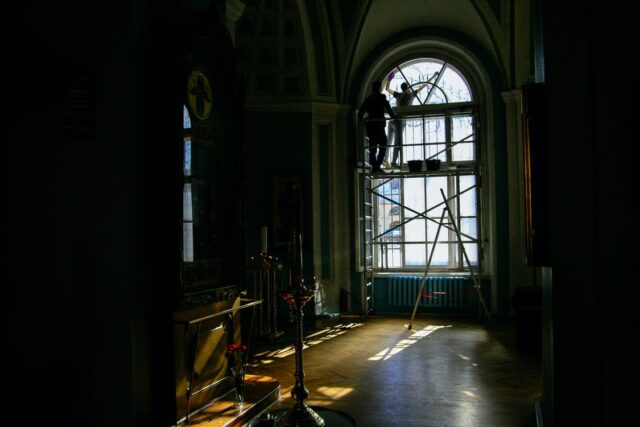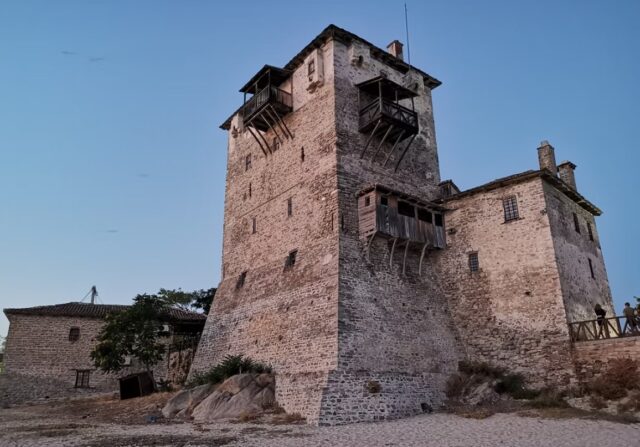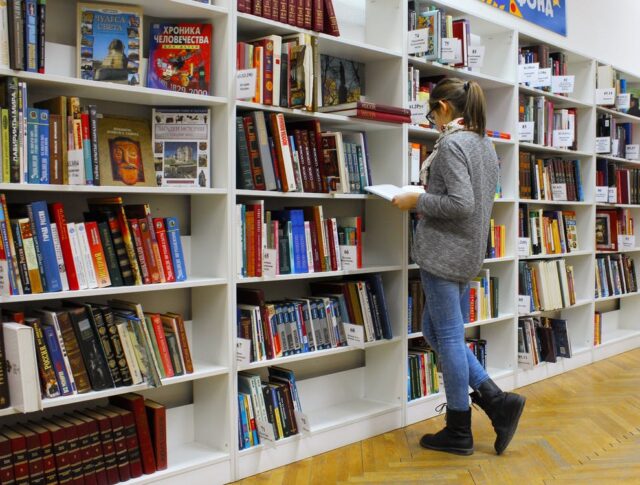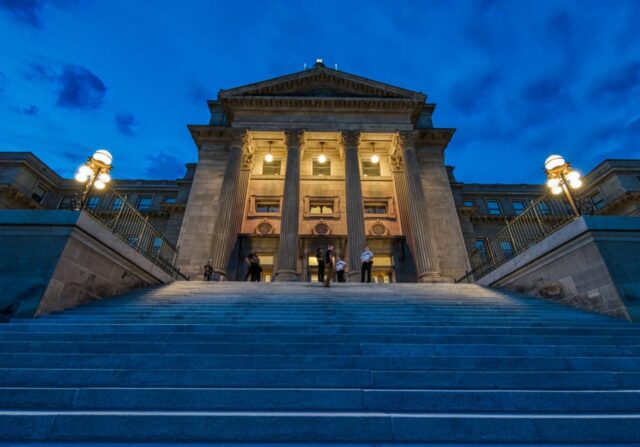
We all are witnesses of how rapidly the environments we live in tend to change, especially in terms of urban development and architecture. So many new buildings are being constructed, and so many old ones we remember from our childhoods have been cleared out, to make room for the modern ones. Although all of this has been done with a purpose, one can’t help but feel like the soul of the place disappears with those old buildings. Hardly anyone bothers to restore, or maintain old buildings in order to preserve them, so they may serve the same purpose.
There are huge benefits why a community should choose to restore and preserve historically important places, buildings, and monuments. If you’re interested to know what they are, continue reading the article.
1. Culture
Old buildings allow us to tangibly return to the past. They have an intrinsic historical and educational value from which we can learn a lot in terms of architecture, design, and interior decoration, as well as the way of life of people who used to live in a particular place before us. Each historical building has its own value and specific reasons that support its thorough restoration. Apart from the most obvious, aesthetic one, there is also environmental protection, preservation of historical significance, and cultural value.

2. Economy
A lot of communities generate huge revenue from tourists, and this can boost the economy of the community. Historical preservation and restoration play a crucial role in this because when done properly and with awareness they can only contribute to the number of interesting sights for tourists to see. Keeping historical structures alive gives huge tourist potential to the community. This directly influences the increase of business potential. Local people can take advantage of this, start their own businesses, and generate revenue not only for the community but also for their families.
Also, preservation itself is a huge job. People have to be hired to do the process in the right way, and continuously. Preservation depends a lot on maintenance. Imagine how many people can be employed in a single community, just around preserving and restoring old buildings? The potential for economic growth is huge.

3. Education
Such works are a great learning tool, not only for those studying design, architecture, or who wish to work in the construction business but also for every single child and student living in the community. Everyone needs to be aware of what came before them, and what kind of life people lead before. History is a very valuable learning tool.
Not to mention how much can be learned just by studying how people used to handle construction and materials in the past.

4. Environment
Choosing to restore rather than demolish plays a huge role in maintaining the environment. Demolishing creates a huge amount of waste, and choosing to restore or preserve materials is not wasted. Existing structures are made more eco-friendly this way.
Aside from creating additional waste, efforts to restore buildings also influence other environmental factors, like the traffic which when in a jam causes a lot more damage to the air.

5. Preserving sign of times
Architecture is a very important part of each community’s history. By choosing to demolish it we are also destroying an important part of history and culture – architecture.
Some buildings stand as the last sign of time – reminders of what was once happening.
So, it may be our last chance to preserve the past.
Restoration of historical buildings and monuments is a long-term process that requires thorough preparation in order to respect all legalities of the profession, to learn more about it click here.
Since most such buildings are extremely sensitive, even the simplest tasks can spell disaster if not carefully planned and approached with extreme caution. Therefore, it is crucial to ensure that the right restoration technique is selected. Once properly renovated, an older building is likely to be a better opportunity than a new building, especially if the renovation process is focused on future sustainability.
The cooperation of a large number of experts is needed, from archaeologists, conservators, and restorers, to contractors, builders, supervising engineers, and others in order to carry out the necessary repairs and restorations on buildings that represent cultural heritage. Before beautifying the building and correcting aesthetic defects, it is necessary to study the requirements of the renovation when it comes to construction, statics, and waterproofing of the building.
Only when all the technical issues have been resolved can the restoration be started. Its goal is to maintain the condition as close as possible to the original, and it includes repairs and preventive techniques that would extend the life of the object. A restoration professional applies many principles when deciding how to approach a particular object.
Minimal possible interventions are needed, with the use of methods and materials aimed at reversibility, in order to reduce the possibility of potential additional interventions. Each procedure must be carefully performed and documented.
The importance of restoration and preservation is also reflected in the fact that this year, for World Environment Day, the UN is officially launching a decade-long initiative that calls for the establishment and launch of restoration projects in the hope of restoring and reviving nature. So, not only do we have to invest in preserving architecture, but nature also calls for awareness and action. Scientists believe that the next 10 years are crucial for combating and preventing the consequences of climate change and biodiversity loss.
If you want to join the active restoration generation, experts suggest the following: strengthen global movements, invest in restoration projects, establish real initiatives, celebrate and promote the running of such projects, change your habits, educate yourself and learn and help create future restoration generations. Otherwise, the communities as we once knew them, the nature as we once remember, might be gone too soon.









